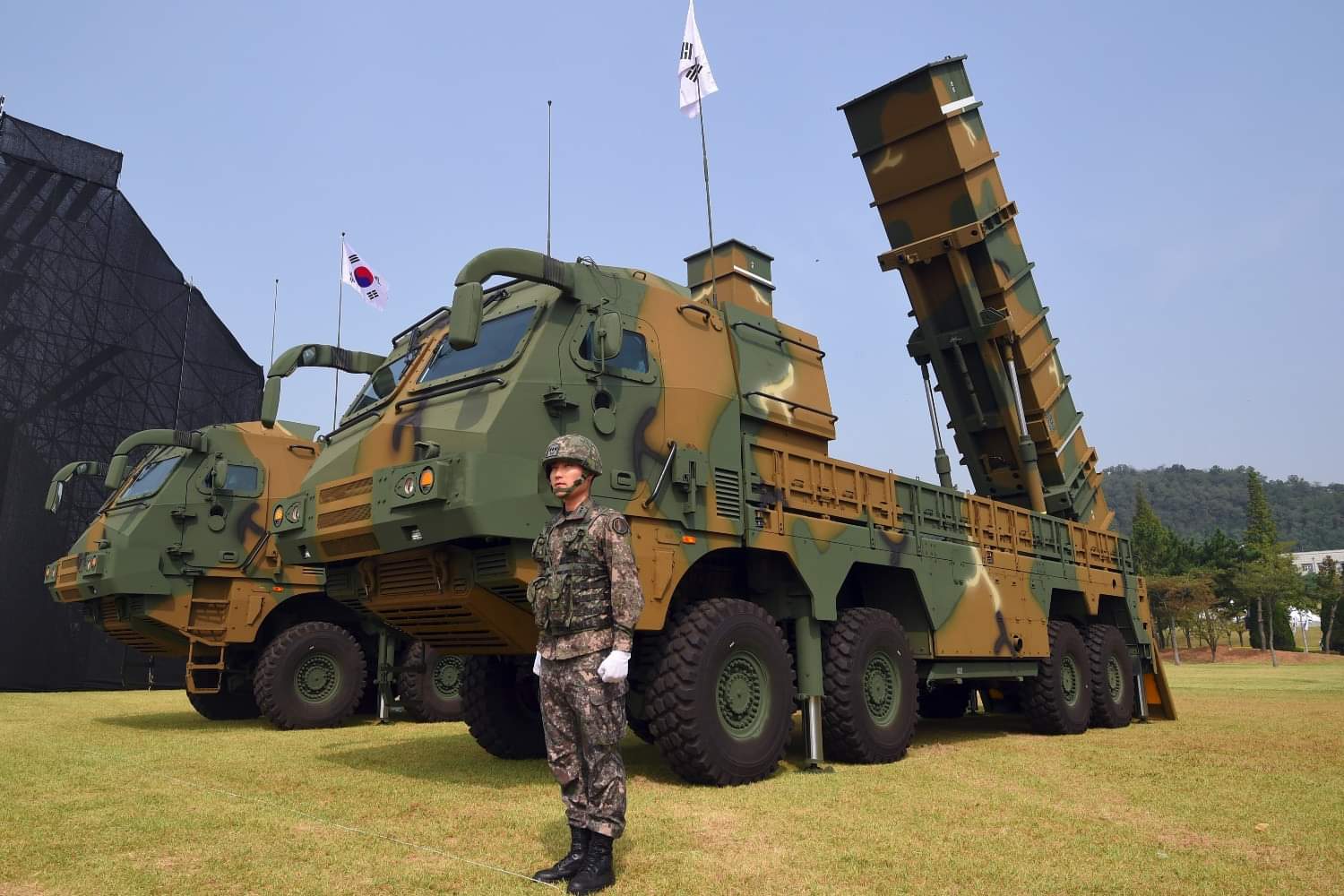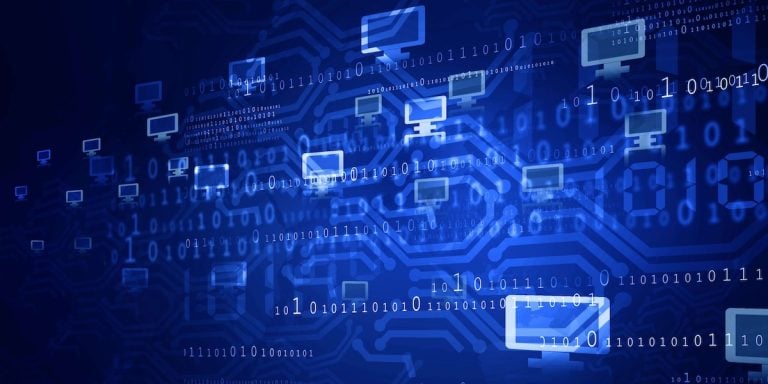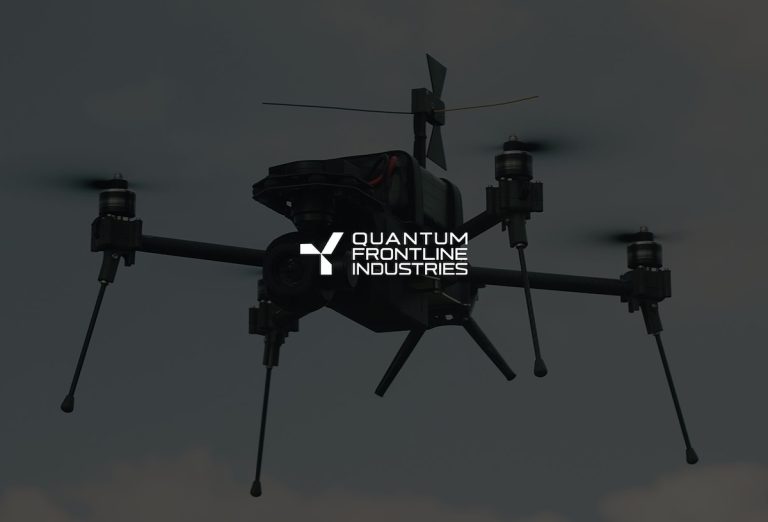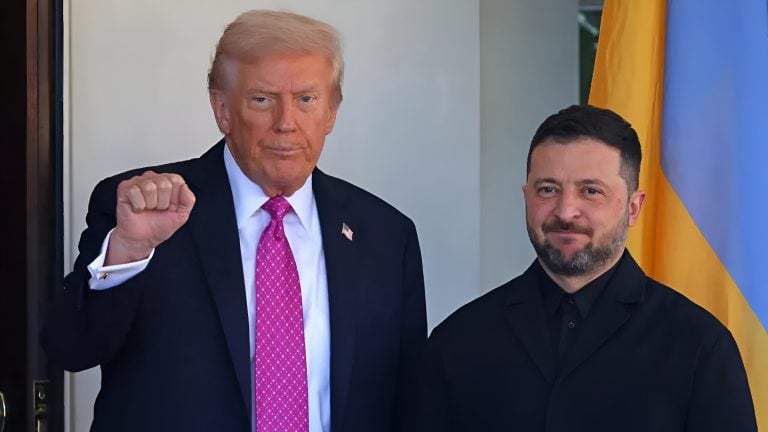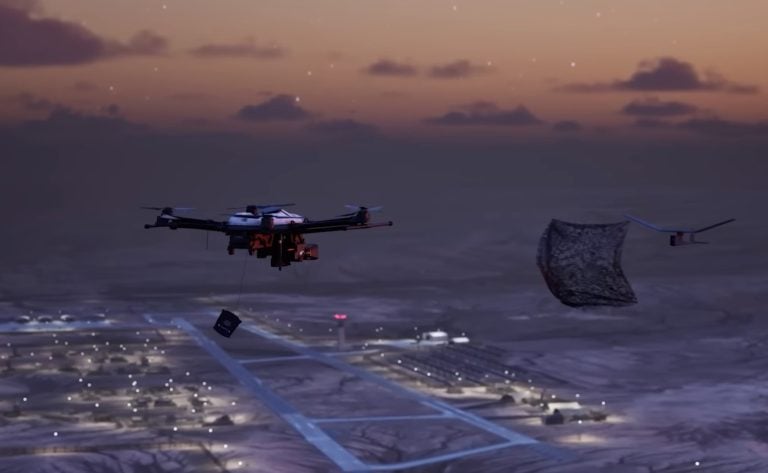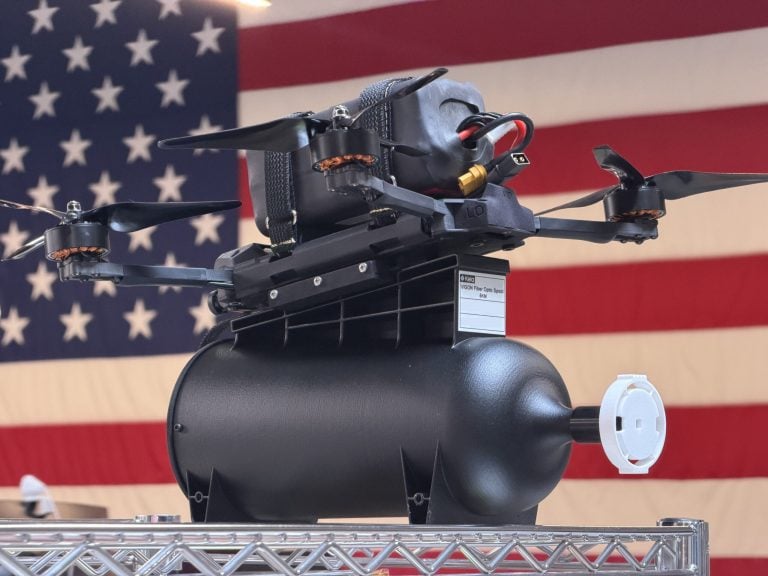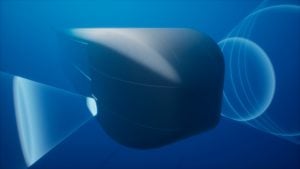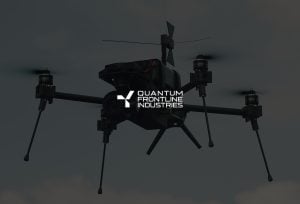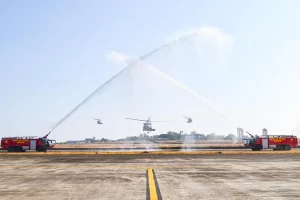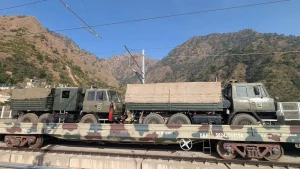In a significant shift toward enhancing its defense capabilities, South Korea is set to implement a bottom-up acquisition strategy aimed at expediting the development and deployment of military technology, as reported by Chosun Daily. This new framework is designed to empower defense companies to play a crucial role in shaping military requirements from the early stages of a project. By allowing firms to propose innovative systems and solutions, the initiative seeks to streamline the research and development (R&D) process, ultimately achieving greater cost efficiency.
The South Korean Ministry of National Defense is prioritizing this approach to drastically decrease the typical development cycle, which often spans five to ten years. This change is seen as essential for the Republic of Korea Armed Forces to more swiftly integrate next-generation technologies, particularly in fields like unmanned aerial vehicles and artificial intelligence-supported systems.
With the new framework, defense companies that have their proposals approved will be invited to submit detailed development plans. The military will then base its acquisitions on these plans, marking a departure from the traditional top-down process. Currently, under the established framework, military branches identify their needs and submit requests, which are subsequently vetted by the Joint Chiefs of Staff (JCS). The JCS comprises the heads of the major military branches and serves to advise the nation’s leadership on matters pertaining to defense.
Once a request is approved by the JCS, it is forwarded to the Defense Acquisition Program Administration (DAPA). This agency is responsible for procuring defense equipment and ensuring that projects align with national standards while promoting the domestic defense industry. DAPA’s current process includes conducting feasibility studies through strategy reviews, managing budgets in collaboration with the Ministry of National Defense, and issuing requests for proposals that require specific technological responses from manufacturers.
Under the prevailing system, defense companies have expressed frustrations, as they often cannot participate in bidding unless the military explicitly requests certain technologies. Furthermore, firms invest considerable resources into R&D without any guarantee of securing government contracts, leading to inefficiencies and potential stagnation in innovation.
In response to industry feedback and challenges, DAPA is taking proactive steps with the proposed bottom-up acquisition system. An informational session held on March 18 aimed to engage defense industry stakeholders and gather their input, which received a largely positive reception, although concerns were raised regarding the need for fairness in the bidding process.
This strategic realignment reflects South Korea’s broader ambitions to enhance self-reliance in defense and establish itself as one of the leading defense exporters globally. By prioritizing domestic innovation and collaboration with local defense firms, the country aims to not only strengthen its military capabilities but also bolster its position in the international defense market.
